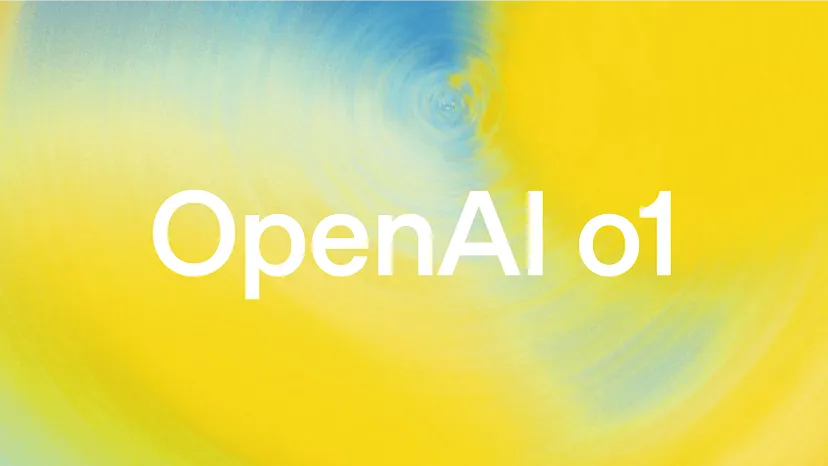OpenAI has taken a significant step forward in artificial intelligence with the announcement of its latest model, o1, also known as the “Strawberry” model. This revolutionary AI system boasts advanced reasoning capabilities that set it apart from its predecessors, enabling it to handle complex queries and provide deeper insights. As AI continues to evolve, o1 represents a crucial milestone in achieving human-like intelligence and problem-solving abilities. In this article, we will explore the key features of o1, its training methodologies, performance metrics, pricing, and the potential implications for various fields.
What Sets o1 Apart?
1. Advanced Reasoning Capabilities
One of the standout features of o1 is its focus on advanced reasoning. Unlike earlier models that relied primarily on pattern recognition and data mimicking, o1 is engineered to tackle intricate questions and solve multistep problems more effectively. This capability stems from a novel training approach that incorporates reinforcement learning, allowing the model to break down complex queries into manageable steps. As a result, o1 exhibits problem-solving techniques that closely resemble human cognitive processes, making it a valuable tool for users requiring in-depth analysis and insights.
2. Enhanced Performance and Accuracy
The performance metrics of o1 have shown remarkable improvement compared to its predecessors. For example, in an International Mathematics Olympiad qualifying exam, o1 achieved an impressive success rate of 83%, a stark contrast to the 13% success rate of GPT-4o. Additionally, in programming contests, o1 reached the 89th percentile, highlighting its strong problem-solving capabilities. While o1 excels in specific areas, it is important to note that it does not outshine GPT-4o in every aspect, particularly in general factual knowledge. Nevertheless, the enhancements in accuracy and performance mark a significant leap forward in AI capabilities.
3. Pricing and Availability
With its advanced capabilities comes a premium price tag. OpenAI has established higher usage rates for o1 compared to GPT-4o, charging $15 per million input tokens and $60 per million output tokens. This pricing reflects the extensive computational resources required to operate such a sophisticated model. Currently, access to o1-preview and o1-mini is granted to ChatGPT Plus and Team users, with wider availability anticipated in the near future. This tiered access strategy allows OpenAI to gauge user feedback while gradually rolling out the model to a broader audience.
4. A New Training Approach
The training methodology behind o1 signifies a paradigm shift in how AI models learn and develop. Instead of relying solely on data patterns, o1 employs a new optimization algorithm and a specialized dataset designed for reasoning tasks. This innovative approach has resulted in improved accuracy and a notable decrease in the occurrence of hallucinations—errors where the model generates inaccurate or nonsensical information. One of the most exciting advancements with o1 is its ability to articulate its reasoning process, offering users insights into how it arrived at specific conclusions. This transparency enhances user trust and enables better collaboration between humans and AI.
5. Future Implications
OpenAI envisions o1 as a stepping stone toward achieving more human-like artificial intelligence. The model’s enhanced reasoning abilities open up a plethora of possibilities across various fields, including medicine, engineering, finance, and beyond. For instance, in medical research, o1 could assist professionals in diagnosing complex conditions by analyzing vast datasets and providing recommendations based on its findings. Similarly, in engineering, o1 could aid in designing innovative solutions by simulating and solving intricate design challenges. Although o1 is not yet equipped for web browsing or processing multimedia content, its capabilities represent a significant stride toward the development of more autonomous and intelligent systems.
A Glimpse into the Future
The introduction of o1 underscores OpenAI’s dedication to advancing AI technology and pushing the boundaries of what is possible. While the model brings us closer to human-like intelligence, it also highlights the ongoing challenges that researchers and developers face in the field. As the landscape of artificial intelligence continues to evolve, the focus will be on refining these advanced capabilities, addressing existing limitations, and ensuring ethical considerations are met.
The Role of AI in Society
As AI models like o1 become increasingly sophisticated, their integration into everyday life will transform various sectors. Industries will need to adapt to the rapid advancements in AI capabilities, ensuring that they harness these tools effectively while maintaining ethical standards. OpenAI recognizes the importance of responsible AI development and actively engages with stakeholders to address concerns regarding transparency, accountability, and bias in AI systems.
Conclusion
OpenAI’s launch of the o1 model marks a pivotal moment in the evolution of artificial intelligence. By introducing advanced reasoning capabilities, enhanced performance metrics, and a novel training approach, o1 sets a new standard for AI models. While there are challenges ahead, including ethical considerations and the need for ongoing improvements, o1 represents a significant leap toward achieving human-like intelligence in AI.
As we look to the future, it is essential for researchers, developers, and users to collaborate in shaping the landscape of AI technology. The potential applications of o1 across various fields are immense, promising to revolutionize industries and improve our understanding of complex problems. OpenAI’s commitment to advancing AI ensures that we are on the brink of a new era in artificial intelligence, one that could redefine our relationship with technology and enhance our capabilities in unprecedented ways.
In summary, the advent of the o1 model signifies not just a technological achievement, but also a critical juncture in the ongoing quest to create intelligent systems that can reason, learn, and collaborate with humans effectively. As this journey unfolds, we can anticipate exciting developments and innovations that will further blur the lines between human and machine intelligence.
